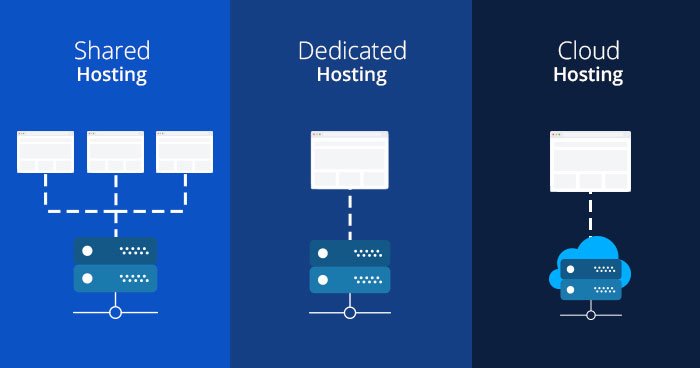When it comes to optimizing your web design for faster mobile access, there are several crucial steps you should follow. In today’s world, where mobile browsing is on the rise, ensuring your website loads quickly on mobile devices is essential. Fast-loading sites not only improve user experience but also boost your search engine rankings. In this guide, we’ll cover effective ways to optimize your web design for faster mobile access and enhance overall performance.
Understanding the Need for Mobile Optimization
Optimizing your web design for faster mobile access begins with understanding why it’s important. Mobile users expect websites to load quickly and run smoothly. Slow-loading sites can frustrate users and lead to higher bounce rates. Additionally, search engines like Google use mobile-friendliness as a ranking factor, so a fast, mobile-optimized site can help improve your SEO.

1. Use Responsive Design
A responsive design is essential for optimizing your web design for faster mobile access. This approach ensures that your website automatically adjusts its layout to fit various screen sizes. By using responsive design, you create a single version of your website that works well on both desktop and mobile devices, eliminating the need for separate mobile sites.
2. Optimize Images for Mobile
Large, unoptimized images can slow down mobile access significantly. To enhance mobile performance, compress and resize images before uploading them. Tools like TinyPNG or ImageOptim can help reduce image file sizes without compromising quality. Additionally, use responsive images that adjust to different screen sizes.
3. Minimize HTTP Requests
Each element on a webpage, such as images, scripts, and stylesheets, requires an HTTP request. Reducing the number of these requests can speed up your site. Combine CSS and JavaScript files where possible and use CSS sprites to merge multiple images into a single file. This minimizes the number of requests needed to load a page.
4. Enable Browser Caching
Browser caching stores certain elements of your website on a user’s device so that they don’t have to be reloaded each time the user visits your site. Enabling caching can significantly improve loading times for returning visitors. Configure your server to specify cache expiration times for different resources.
5. Implement Lazy Loading
Lazy loading is a technique that delays the loading of images and other resources until they are needed. This reduces the initial page load time and improves the user experience. Implement lazy loading by using JavaScript libraries or the native loading="lazy" attribute for images.
6. Optimize CSS and JavaScript
Minify and compress your CSS and JavaScript files to reduce their size and improve load times. Tools like UglifyJS and CSSNano can help remove unnecessary characters and whitespace from your code. Additionally, load JavaScript files asynchronously or defer their loading until after the page has finished rendering.
7. Improve Server Response Time
A slow server response time can hinder your efforts to optimize your web design for faster mobile access. Choose a reliable hosting provider and consider using a Content Delivery Network (CDN) to distribute your content across multiple servers. This helps reduce server load and speeds up content delivery.
8. Optimize Web Fonts
Web fonts can slow down page load times if not optimized properly. Use only the fonts you need and limit the number of font weights and styles. Additionally, use font-display options like swap to ensure text remains visible while fonts are loading.
9. Simplify Your Design
A cluttered design can slow down mobile access by increasing load times and making navigation difficult. Simplify your design by reducing unnecessary elements, using clean layouts, and prioritizing essential content. A streamlined design enhances both performance and user experience.
10. Prioritize Above-the-Fold Content
Above-the-fold content refers to the part of the webpage that is visible without scrolling. Prioritize this content by loading it first to provide users with immediate access to important information. This approach improves perceived performance and keeps users engaged.
11. Test on Multiple Devices
Testing your website on various devices is crucial for optimizing mobile access. Different devices and operating systems can render websites differently, so ensure your site performs well across a range of smartphones and tablets. Use tools like Google’s Mobile-Friendly Test to evaluate your site’s performance.
12. Reduce Redirects
Redirects can slow down mobile access by adding extra HTTP requests and increasing page load times. Minimize the use of redirects and ensure that any necessary redirects are implemented efficiently. This helps reduce latency and improve overall performance.
13. Optimize Page Load Time
Regularly monitor and optimize your page load time. Use tools like Google PageSpeed Insights or GTmetrix to identify performance bottlenecks and receive recommendations for improvement. Address any issues that impact load times to maintain a fast, responsive site.
Conclusion
Optimizing your web design for faster mobile access is crucial in today’s mobile-first world. By implementing these best practices—such as using responsive design, optimizing images, and minimizing HTTP requests—you can significantly improve your site’s performance on mobile devices. These steps not only enhance user experience but also boost your search engine rankings. Make these optimizations a priority to keep your site fast and user-friendly.




